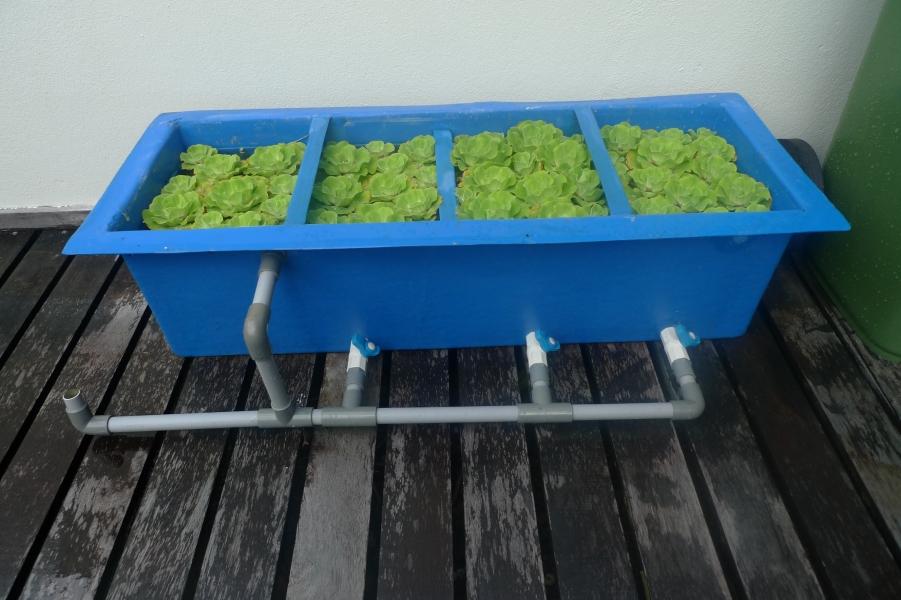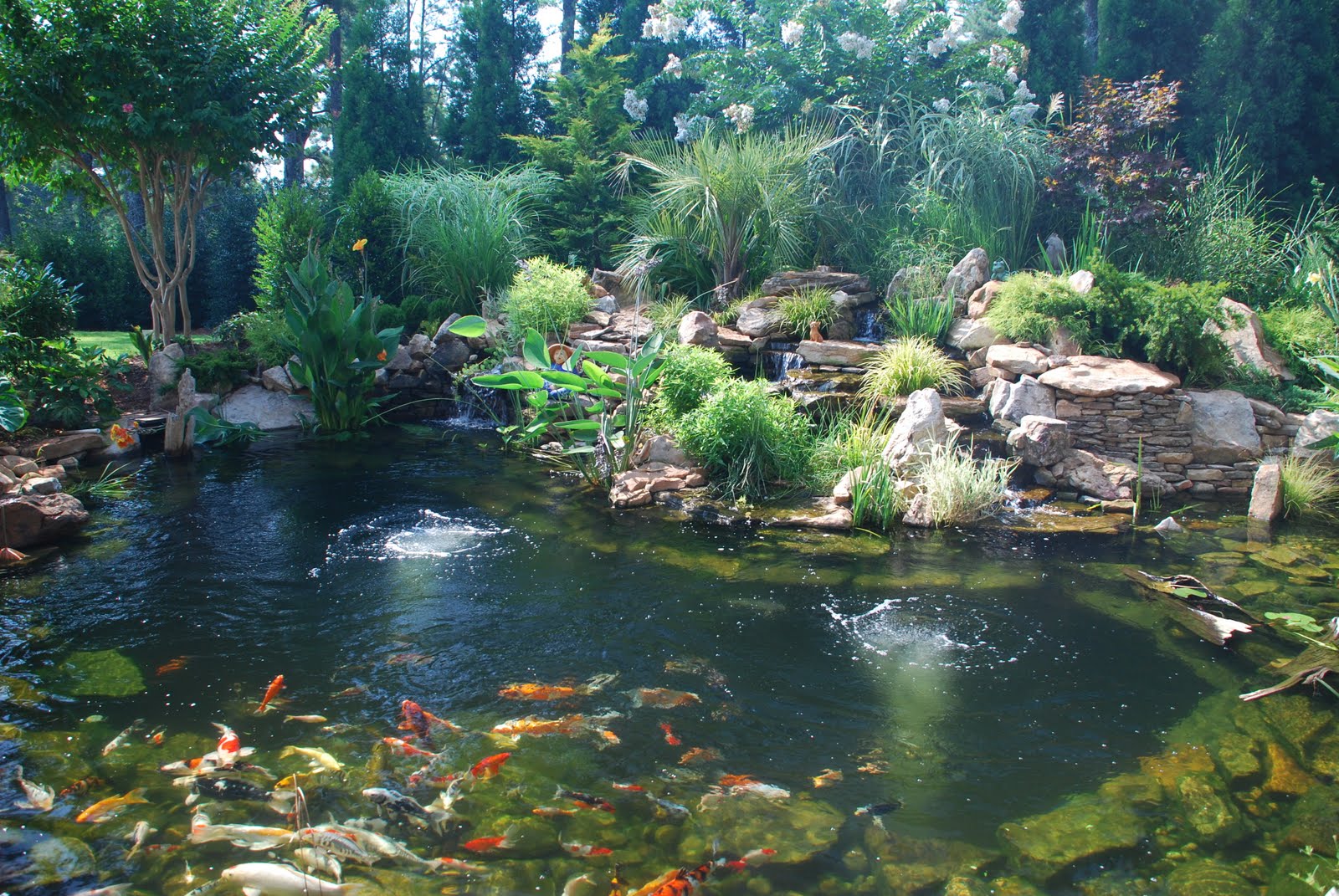
The Benefits of Using Clay in Koi Ponds
Introduction
Koi ponds are an essential component of any aquatic environment that hosts these beautiful fish. They not only add to the aesthetic appeal of your garden but also play a crucial role in maintaining water quality and the overall environment of your pond. Hence, it is essential that you choose the right materials to build and maintain a koi pond to ensure the fishes’ health and well-being. In this article, we will explore the benefits of using clay in koi ponds.
What is Clay, and How Does It Work in Koi Ponds?
Clay is a natural mineral that is found in abundance in the earth’s crust. It is formed through the gradual weathering and erosion of rocks over millions of years. Clay is known for its ability to absorb water and other impurities, making it an ideal material for use in koi ponds. When clay is added to a koi pond, it forms a natural barrier that prevents water from escaping while also helping to regulate temperature and nutrients in the water.
Benefits of Using Clay in Koi Ponds
1. Improves Water Quality
Clay has a unique ability to absorb and trap impurities, including minerals, chemicals, and other pollutants that affect water quality. By adding clay to your koi pond, you can create a natural filter that works in harmony with your filtration system to keep your pond clean and healthy.
2. Regulates Temperature
Clay has a high heat retention capacity, which means it can help regulate the temperature of your pond water. This is especially important during the hot summer months when the temperature can rise significantly, causing stress to your koi. Additionally, the clay layer acts as a thermal blanket to retain the heat in the pond water, reducing heat loss during the cold winter months.
3. Promotes Fish Health
Fish health is the most important factor to consider when maintaining a koi pond. By using clay, you can create a natural environment that promotes the overall health and well-being of your koi. The absorbent and adsorbent properties of clay help remove harmful substances from the water that can cause disease and infections, keeping your koi healthy and happy.
4. Prevents Algae Growth
Algae growth can be a significant problem in koi ponds, causing murky water and depleting the oxygen levels in the pond water. By using clay in your koi pond, you can prevent the growth of algae by forming a natural barrier that blocks out sunlight that is essential for algae growth.
Types of Clay Suitable for Koi Ponds
When choosing clay for your koi pond, it is essential to choose the right type that is safe for your koi fish. Some types of clay may contain harmful substances that can affect your fish’s health. The best clay for koi ponds is sodium bentonite, which is free of harmful chemicals and minerals and is known for its excellent absorbent and adsorbent properties.
How to Apply Clay to Your Koi Pond
The process of applying clay to your koi pond is relatively simple and can be done in a few easy steps. Here is a quick guide to help you get started:
Step 1: Empty the Pond
Before you apply clay to your koi pond, you need to empty the pond completely to expose the pond liner or bedrock. This will provide a clean surface for the clay to adhere to.
Step 2: Prepare the Clay
Mix the sodium bentonite clay with water in a large container according to the manufacturer’s instructions. Make sure that the mixture is smooth and free of lumps.
Step 3: Apply the Clay to the Pond
Use a pump or a sprayer to apply the clay mixture to the pond surface in layers, ensuring that each layer is spread evenly. It is recommended that you apply at least a 2-inch layer of clay to your koi pond to ensure adequate coverage.
Step 4: Refill the Pond
After you have applied the clay to your koi pond, you can refill the pond with fresh water. Ensure that the water is treated and dechlorinated before introducing your koi back into the pond.
Conclusion
Clay is an incredibly versatile and beneficial material for use in koi ponds. It not only helps to improve water quality, regulate temperature, and promote your fish’s health but also prevents algae growth and provides a natural environment for your koi fish to thrive. By choosing the right type of clay and applying it correctly, you can ensure that your koi pond remains healthy, vibrant, and beautiful for years to come.




